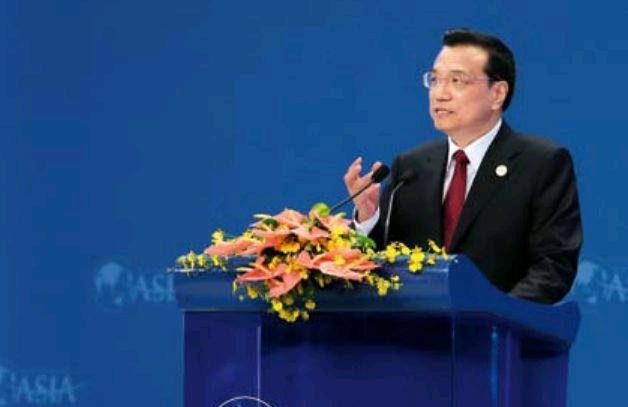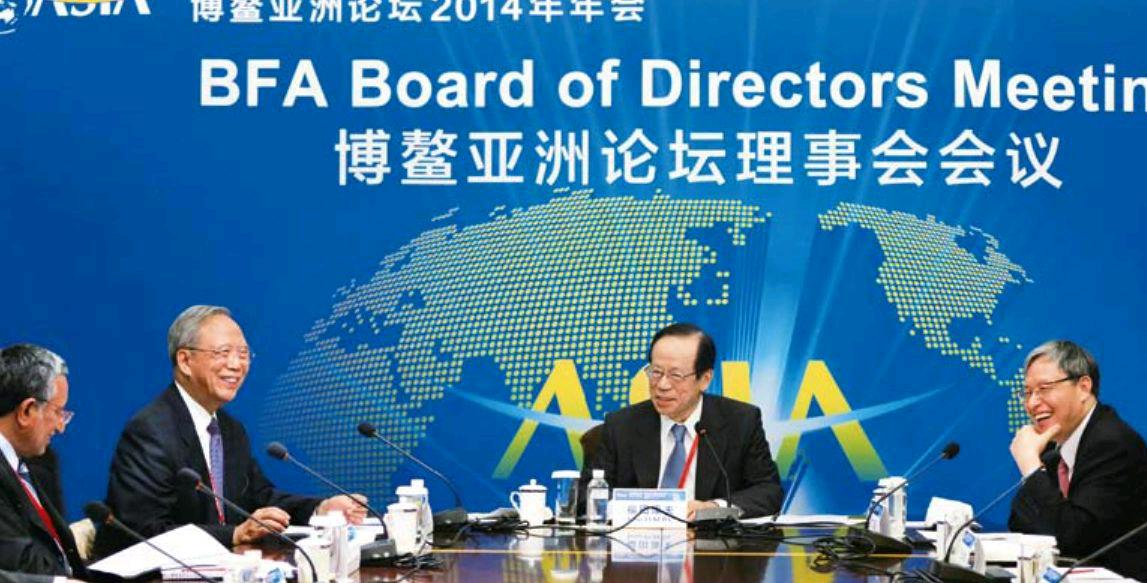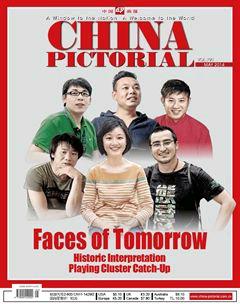Boao Forum for Asia:Identifying New Growth Drivers
by+Zi+Mo
From April 8 to 11, the 2014 annual conference of the Boao Forum for Asia (BFA), themed“Asias New Future: Identifying New Growth Drivers,” was held at the town of Boao on Chinas southern Hainan Island. Nearly 300 politicians, business leaders, and scholars met to explore new growth engines for the future development of Asia.
Chinese Premier Li Keqiang delivered a keynote speech at the opening ceremony of the BFA annual conference, stressing that development remains the top priority of Asian countries. “Asia is one of the most dynamic regions in the world,” Li declared in the speech. “It boasts one third of global GDP, over 4 billion people and an ample supply of labor. It enjoys distinct advantages as a late comer and has tremendous untapped developmental potential. Meanwhile, most Asian countries remain developing nations, with low per capita GDP and uneven regional development. Over 700 million people in Asia still live below the international poverty line. Asia is faced with the huge challenge of growing the economy and improving peoples livelihood.”
As the largest developing country in Asia and the world, China has entered a crucial era of economic restructuring after decades of rapid growth. In the context of a regional and international landscape sated with uncertainty, exploring and unleashing new driving forces of development has also become an urgent issue facing China.
In his keynote speech, Premier Li noted that China would create momentum by deepening reform, adjusting economic structures, and improving peoples livelihood. The three measures are expected to become driving forces for Chinas future economic growth.
Creating momentum by deepening reform means that China will further streamline administration and delegate more power to lower level governments, introduce a system of managing governmental powers, and consider the adoption of a management model based on a negative list approach. Meanwhile, China will carry out a new round of opening-up at a high level.
Creating momentum by adjusting economic structures means that China will nar- row urban-rural and regional development gaps and address unreasonable industrial structures in order to push forward structural adjustment through structural reform. Meanwhile, the country will endeavor to improve its services sector and implement a new type of people-centric urbanization.
The purpose of development is to improve peoples lives. The 1.3 billion Chinese people represent the largest consumer market and source of demand in the world. And as livelihoods improve, domestic demand will play a greater role in driving economic growth. China will implement a more energetic policy for employment and entrepreneurship and offer tax breaks to eligible small and micro companies and individual businesses that create job opportunities. The country will also take action to raise residents incomes by creating more jobs and start-ups and improve its social security system so that consumption can provide greater support for economic development.

In his keynote speech at the BFA annual conference, Premier Li also shared three suggestions on the cooperation and development of Asia: First, we should stick to the macro goal of common development and build an Asian community of shared interests. Second, we should foster a general environment for integrated development and form an Asian community of common destiny. Third, we should maintain the general environment of peaceful development and build an Asian community of shared responsibilities. “To sustain developmental momentum in new conditions, Asia needs to find a dynamic source of development to re-energize itself,” he said.
“The new future of Asia is aiming to achieve common development through win-win cooperation,” commented BFA secretary-general Zhou Wenzhong. “The regions development depends on cooperation. But what can drive win-win cooperation in the region? We looked for answers to this question at this years BFA meeting. In fact, the three suggestions that Premier Li gave in his keynote speech provide potential answers. If those suggestions become reality, Asia will definitely see a brighter tomorrow.”

